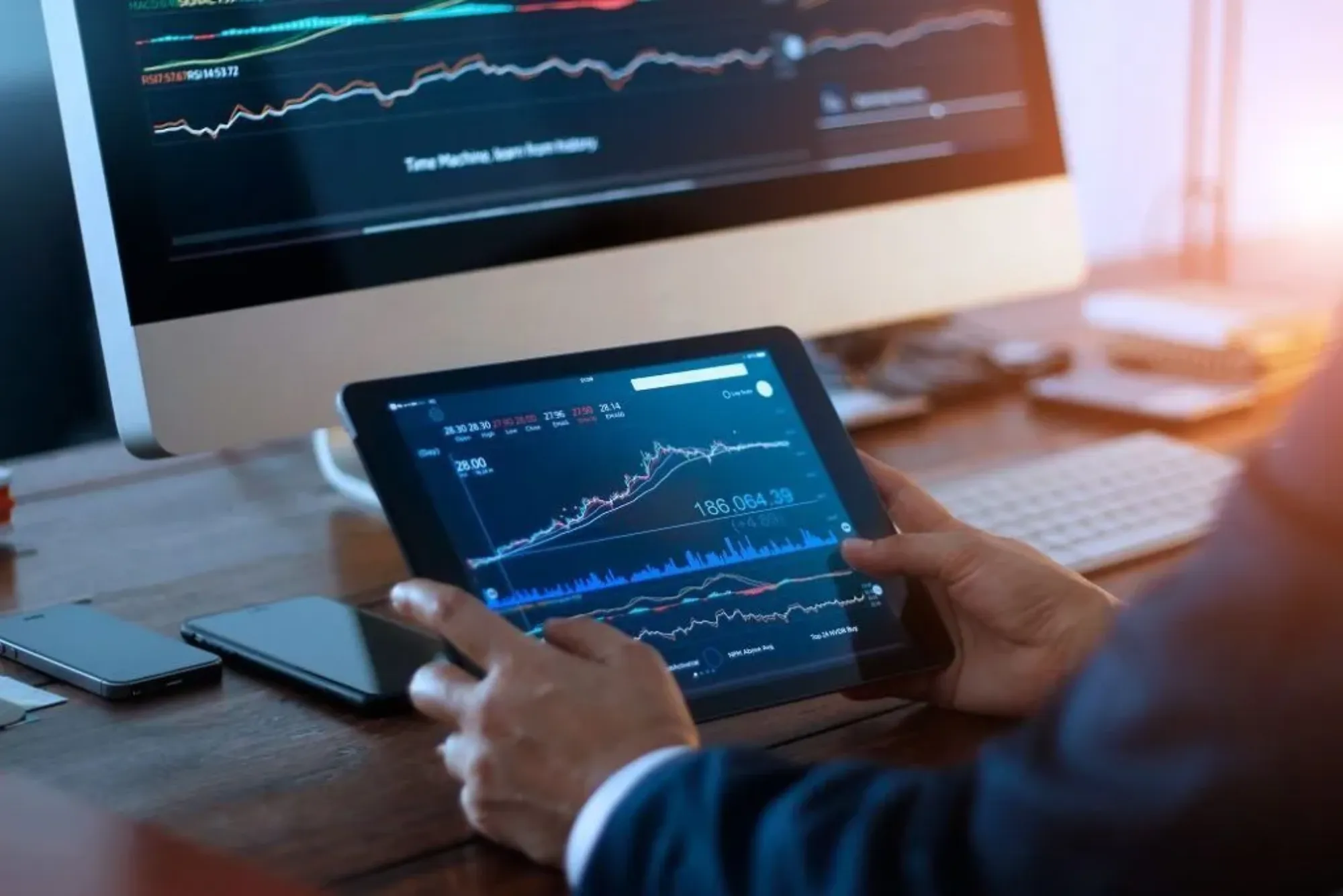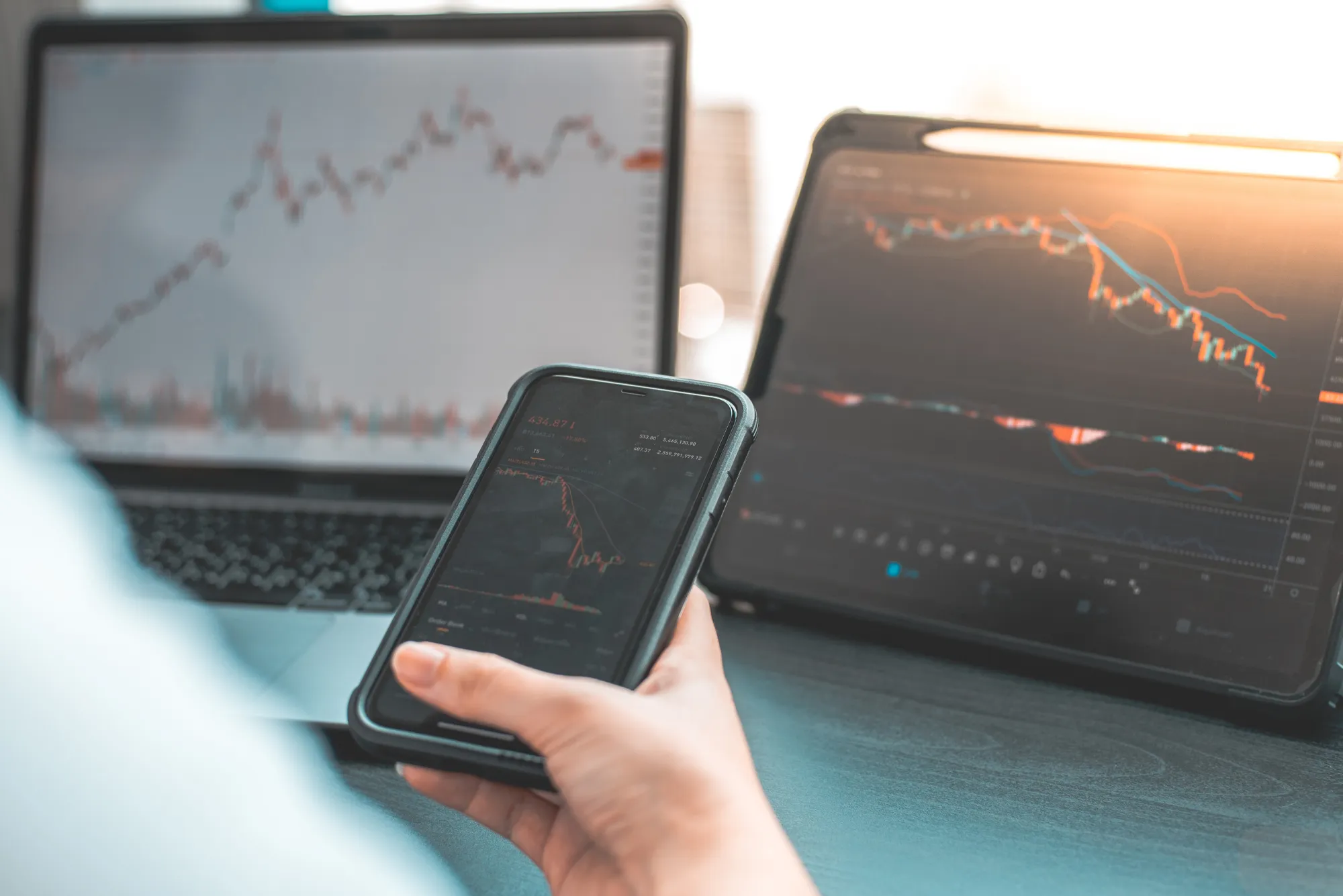Financial trading is a dynamic and multifaceted realm that plays a pivotal role in the global economy. As we celebrate the one-year anniversary of our exploration into the intricate world of finance, it’s fitting to delve into the nuances of financial trading. This article aims to provide a comprehensive overview of financial trading, shedding light on its fundamental principles, key players, and the evolving landscape.
At its core, financial trading involves the buying and selling of financial instruments, such as stocks, bonds, currencies, and commodities, with the goal of making a profit. Traders, whether institutional or individual, engage in the markets to capitalize on price movements and fluctuations. The driving force behind financial trading is the constant flow of information, as traders analyze economic indicators, market trends, and geopolitical events to make informed decisions.
Financial markets are bustling hubs where various participants interact to facilitate trading activities. Among the key players are retail traders, institutional investors, and market makers. Retail traders, often individuals, participate through brokerage platforms, executing trades based on their market analysis. Institutional investors, on the other hand, include hedge funds, mutual funds, and pension funds, managing large pools of capital. Market makers act as intermediaries, facilitating trades by providing liquidity and narrowing bid-ask spreads.
Financial trading encompasses a wide array of instruments, each serving specific purposes and appealing to different types of traders. Stocks represent ownership in a company and are traded on stock exchanges. Bonds, issued by governments or corporations, offer fixed interest payments over a specified period. Currency trading, or forex, involves the exchange of one currency for another, with traders speculating on currency value fluctuations. Commodities, such as gold, oil, and agricultural products, are tangible goods traded on commodity exchanges.
Successful financial trading requires a well-thought-out strategy tailored to the trader’s goals, risk tolerance, and time horizon. Day trading involves executing multiple trades within a single day, aiming to profit from short-term price movements. Swing trading spans a few days to weeks, capturing intermediate-term trends. Long-term investors, on the other hand, adopt a buy-and-hold strategy, focusing on the fundamental value of assets over an extended period.
The landscape of financial trading has undergone a transformative shift with advancements in technology. Algorithmic trading, driven by complex algorithms, enables rapid execution of trades based on pre-defined criteria. High-frequency trading (HFT) leverages powerful computing systems to execute a large number of orders at exceptionally high speeds. These technological innovations have enhanced market efficiency but also raised concerns about market manipulation and systemic risks.
Given the inherent uncertainties in financial markets, effective risk management is a cornerstone of successful trading. Traders employ various tools, such as stop-loss orders and position sizing, to limit potential losses. Diversification, spreading investments across different assets, helps mitigate risks associated with individual securities or sectors. A keen understanding of market conditions and a disciplined approach to risk are essential for navigating the unpredictable nature of financial trading.
In response to the growing complexity of financial markets and the need to protect investors, regulatory bodies worldwide have implemented stringent measures. Regulatory frameworks vary across regions, with organizations like the Securities and Exchange Commission (SEC) in the United States and the Financial Conduct Authority (FCA) in the United Kingdom overseeing market activities. Compliance with regulatory standards is crucial for maintaining market integrity and ensuring fair and transparent trading practices.
As we reflect on the past year and the ever-evolving landscape of financial trading, it’s clear that the future holds both challenges and opportunities. Advances in artificial intelligence, blockchain technology, and the rise of decentralized finance (DeFi) are reshaping the industry. These developments bring about new possibilities for automation, transparency, and accessibility, but also pose challenges related to cybersecurity and regulatory adaptation.
Financial trading, a vibrant and essential component of the global economy, has evolved significantly over the past year. From the basics of buying and selling financial instruments to the intricacies of algorithmic trading and risk management, traders navigate a complex landscape influenced by technology, regulations, and economic factors. As we embark on another year of exploration, the world of financial trading promises continued innovation and adaptation to the ever-changing dynamics of the markets.






